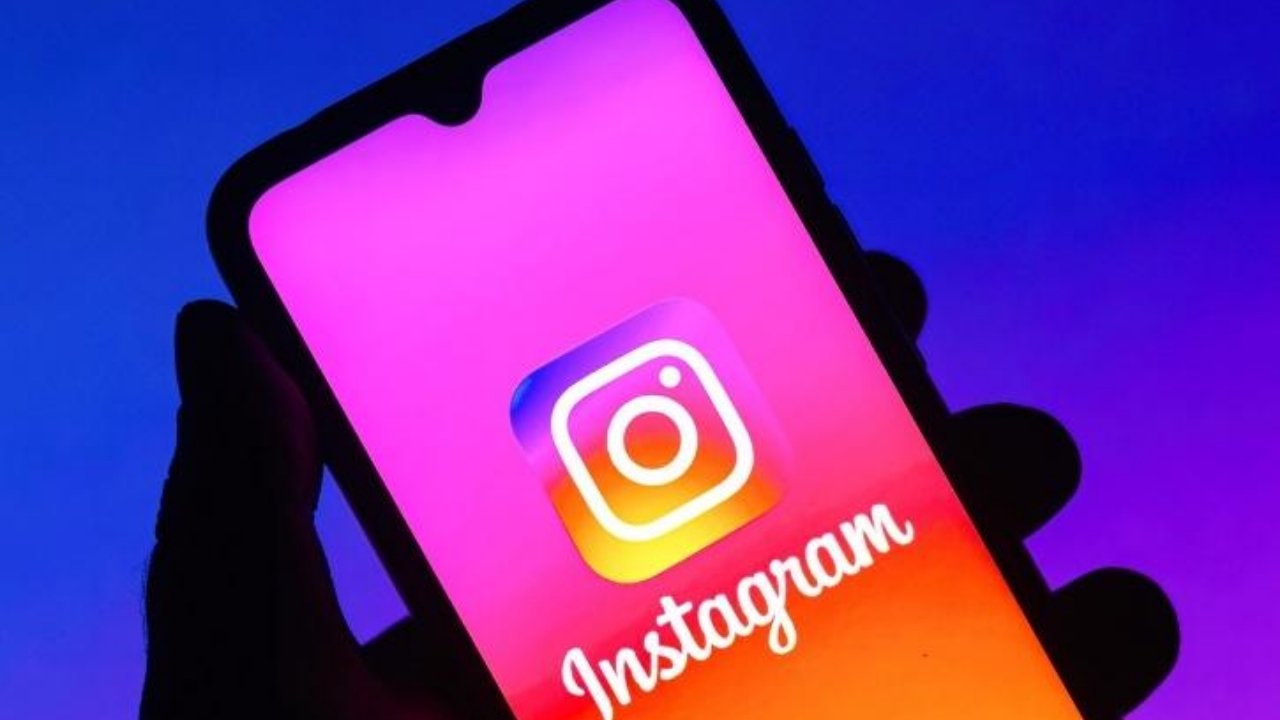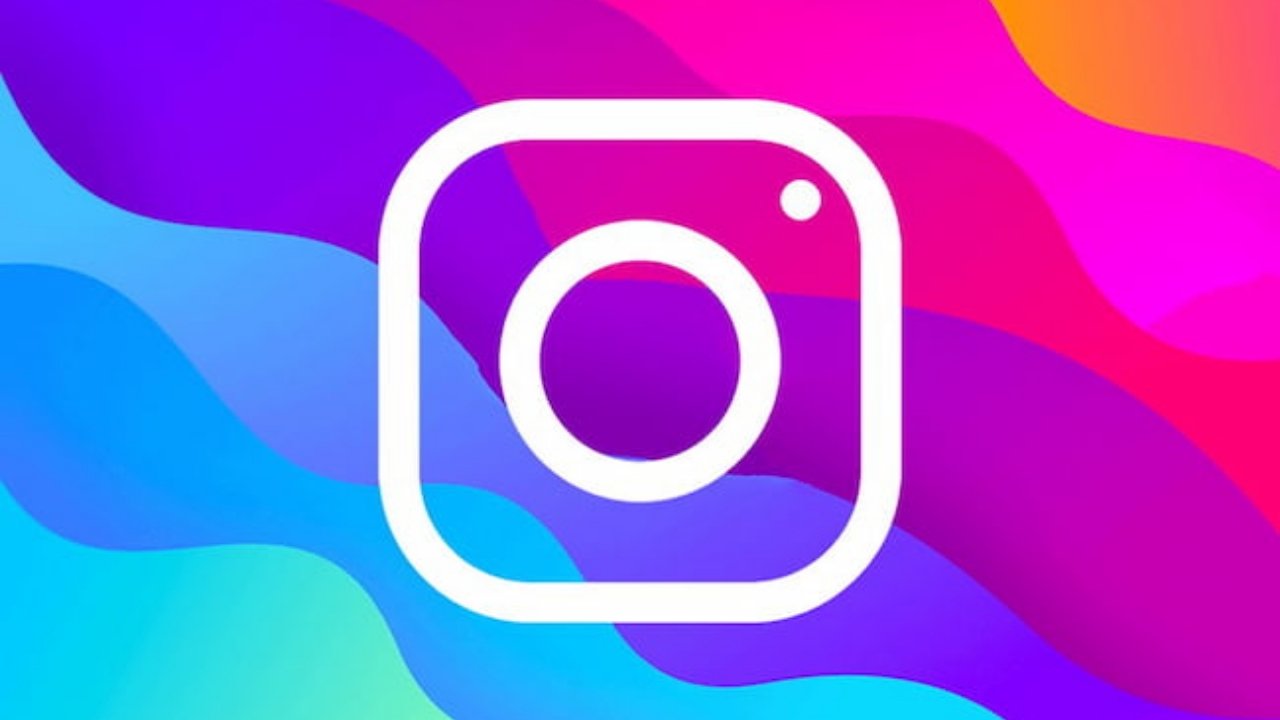Blog
The Mystical World of the Winged Fairy: A Deep Dive into Their Enchantment

The winged fairy is a fascinating and ethereal creature that has captured human imagination for centuries. From folklore to modern fantasy, these enchanting beings are depicted as magical entities that often carry a sense of wonder, mystery, and elegance. This article will explore the intriguing concept of winged fairies, their cultural significance, and why they continue to be a beloved subject in various forms of art and storytelling.
What is a Winged Fairy?
A winged fairy is typically described as a small, humanoid creature with delicate wings, often resembling those of a butterfly, dragonfly, or other insects. They are frequently associated with nature, magic, and the supernatural. Fairies have been portrayed in various cultures worldwide, but the depiction of winged fairies is most commonly found in European folklore, particularly in Celtic traditions. These fairies are often seen as intermediaries between the mortal world and the realms of magic, embodying both beauty and mystery.
Origin of Winged Fairies in Folklore
The roots of winged fairies can be traced back to ancient mythology and folklore. In early Celtic tales, fairies were seen as nature spirits or gods, with the ability to shape-shift and interact with humans. Over time, these beings evolved in folklore, taking on wings and becoming more human-like in appearance. The idea of winged fairies began to solidify during the Medieval period, particularly with the growth of chivalric literature and the stories of knights and magic. These beings were often described as mischievous yet benevolent, capable of helping or hindering human affairs.
Cultural Significance of Winged Fairies
In different cultures, winged fairies have held varied meanings. In Celtic traditions, they are often seen as protectors of nature and guardians of forests and rivers. The Irish, for instance, view fairies as part of the Otherworld, a parallel realm filled with magical creatures. In other cultures, like in Slavic and Scandinavian folklore, fairies are sometimes more sinister, known for causing harm to humans or leading them astray.
In modern culture, however, winged fairies have become more synonymous with beauty, grace, and innocence, often appearing in children’s literature, animation, and fantasy genres. They are frequently seen as symbols of hope, transformation, and the magical connection between nature and humanity.
Winged Fairies in Literature
Throughout history, winged fairies have played significant roles in literature. One of the most notable depictions is in William Shakespeare’s play A Midsummer Night’s Dream, where the character of Puck, a mischievous fairy with wings, weaves magical spells among humans. This literary work helped to solidify the image of fairies with wings as playful, whimsical creatures capable of influencing the human world.
In more recent times, winged fairies have been featured in fantasy novels like The Spiderwick Chronicles by Holly Black and Tinker Bell from Disney’s Peter Pan. These representations often emphasize the fairy’s connection to the natural world and their ability to wield magical powers, adding layers of fantasy and excitement to their character.
Symbolism of Winged Fairies
Winged fairies symbolize various aspects of life, most notably the fragility and beauty of nature. Their wings represent freedom and transformation, allowing them to travel between worlds. This ability to cross boundaries reflects the fairy’s role as a bridge between the mundane and the magical. Furthermore, the delicate nature of a fairy’s wings emphasizes the themes of vulnerability and impermanence.
In many cultures, fairies are seen as symbols of protection and guidance. Their presence is believed to bring luck and blessings, especially in times of hardship. People often invoke fairies for help in matters of love, health, and prosperity, hoping to receive the fairy’s mystical favor.
The Popularity of Winged Fairies in Modern Media
Winged fairies have seen a resurgence in popularity in modern media, particularly in fantasy films, TV shows, and video games. The success of franchises like Tinker Bell and Fairy Tail has contributed to the ongoing appeal of these creatures. The depiction of fairies in media has evolved, too, with winged fairies now portrayed in various forms, from tiny, delicate beings to more powerful and formidable creatures.
The magic and charm associated with winged fairies continue to captivate audiences, with their stories often centering on themes of adventure, transformation, and friendship. Whether they are fighting against evil forces, helping humans navigate their lives, or simply providing a sense of wonder, winged fairies remain central figures in the world of fantasy.
Depictions of Winged Fairies in Art
Winged fairies have long been a popular subject in art, especially during the Romantic period, when artists sought to capture the mystical and supernatural. Artists like John Anster Fitzgerald and Cicely Mary Barker created iconic fairy paintings that showcased fairies with wings in idyllic natural settings. These works of art captured the ethereal beauty and grace of the creatures, solidifying their place in the visual arts.
Today, winged fairies continue to inspire artists, both in traditional painting and digital art. Their otherworldly appearance and connection to nature make them perfect subjects for imaginative works that seek to blend fantasy with reality.
Winged Fairies in Popular Culture and Fashion
In popular culture, winged fairies have expanded beyond folklore and literature. The modern fashion world has also embraced the fairy aesthetic, with designers incorporating wing-like elements into clothing, accessories, and hairstyles. The ethereal nature of these creatures lends itself well to fashion trends that emphasize fluidity, lightness, and fantasy.
Moreover, in movies like Maleficent, winged fairies take on a darker, more complex character, challenging the traditional notion of fairies as purely benevolent creatures. This shift reflects the broader trend of reimagining classic mythical beings in contemporary contexts.
The Role of Winged Fairies in Spirituality
In some spiritual beliefs, winged fairies are seen as agents of healing, offering comfort and guidance to those in need. Their connection to nature and the elements positions them as spiritual beings that can facilitate growth and personal transformation. People who follow practices like Wicca or modern paganism often look to fairies for their wisdom and protective qualities.
Fairies are also believed to help individuals connect with their intuition and higher consciousness. In this way, they represent the natural world’s ability to teach us about balance, harmony, and self-awareness.
How to Invoke the Magic of Winged Fairies

For those who are intrigued by winged fairies and want to connect with their magic, there are several practices that some people believe can invite the fairies into their lives. Setting up an altar with flowers, crystals, and other natural elements is a common way to honor fairies. Additionally, spending time in nature, particularly in forests or near water, is said to increase one’s chances of encountering fairy energy.
Others might choose to meditate with the intention of connecting with the fairy realm or engage in rituals that focus on bringing positive energy and magic into their lives. Regardless of the method, many people believe that simply being open to the possibility of fairy magic can bring unexpected benefits.
Conclusion
The winged fairy continues to be a captivating figure in folklore, art, literature, and modern media. Whether as a symbol of beauty, nature, or magic, these creatures are beloved for their ability to transport us to a world of enchantment and possibility. Their delicate wings and ethereal qualities embody the charm of the supernatural, and their stories continue to inspire wonder and awe. From ancient legends to modern-day fantasies, the allure of the winged fairy remains timeless and unyielding.
FAQs
What are winged fairies?
Winged fairies are magical creatures often depicted as small, humanoid beings with delicate wings, resembling insects like butterflies or dragonflies.
What is the origin of winged fairies?
Winged fairies originate from ancient folklore, particularly Celtic traditions, where they were seen as nature spirits and magical beings.
What do winged fairies symbolize?
Winged fairies symbolize freedom, transformation, and the connection between the natural world and the magical realm.
Where can winged fairies be found in modern media?
Winged fairies are featured in books, movies, TV shows, and games like Tinker Bell, Fairy Tail, and Peter Pan.
How can I connect with the magic of winged fairies?
Many people connect with winged fairies by spending time in nature, setting up fairy altars, or practicing meditation focused on invoking their magic.
-

 Tech1 year ago
Tech1 year agoHow to Use a Temporary Number for WhatsApp
-

 Business2 years ago
Business2 years agoSepatuindonesia.com | Best Online Store in Indonesia
-

 Social Media1 year ago
Social Media1 year agoThe Best Methods to Download TikTok Videos Using SnapTik
-

 Technology1 year ago
Technology1 year agoTop High Paying Affiliate Programs
-

 Tech10 months ago
Tech10 months agoUnderstanding thejavasea.me Leaks Aio-TLP: A Comprehensive Guide
-

 FOOD1 year ago
FOOD1 year agoHow to Identify Pure Desi Ghee? Ultimate Guidelines for Purchasing Authentic Ghee Online
-

 Instagram3 years ago
Instagram3 years agoFree Instagram Auto Follower Without Login
-

 Instagram3 years ago
Instagram3 years agoFree Instagram Follower Without Login



















